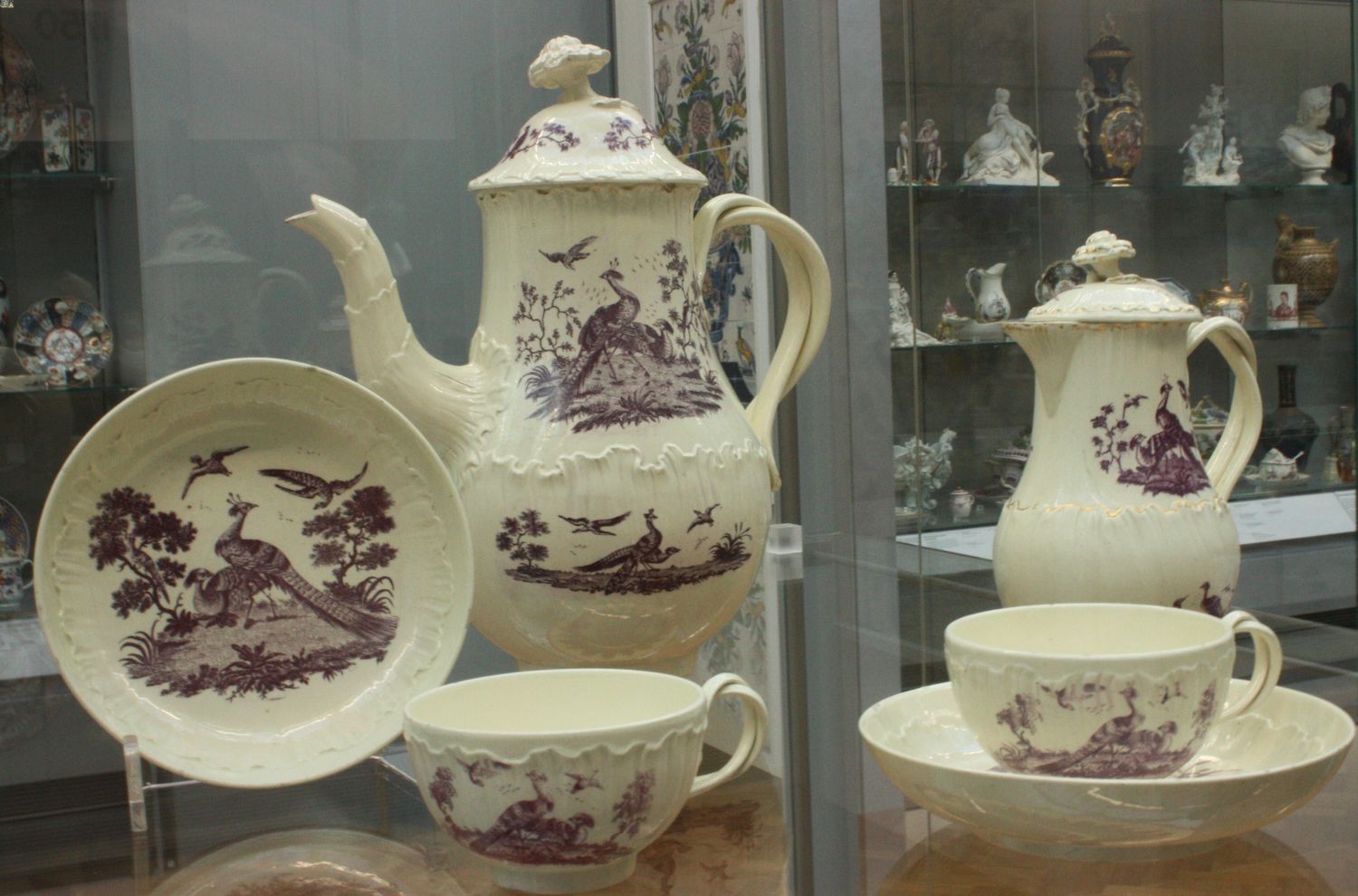
What is Creamware? Creamware, also known as cream-colored earthenware, is a type of pottery that originated in England during the 18th century. Why is it called Creamware? The name comes from its distinctive creamy glaze, which was a result of using a lead-based glaze over a pale clay body. Who invented Creamware? Josiah Wedgwood, a renowned potter, is credited with perfecting this type of pottery around 1760. What makes Creamware special? Its fine texture, durability, and elegant appearance made it popular among the middle and upper classes. Where can you find Creamware today? Many antique shops, museums, and private collections feature these beautiful pieces. Why should you care? Understanding Creamware gives insight into historical craftsmanship and the evolution of pottery.
What is Creamware?
Creamware, a type of earthenware pottery, has a rich history and unique characteristics. It was first developed in the 18th century and quickly became popular due to its creamy, light-colored glaze.
- Creamware was first created by English potter Josiah Wedgwood in the 1760s.
- The name "creamware" comes from its distinctive cream-colored glaze.
- It was initially called "Queen's Ware" after Queen Charlotte, who ordered a tea set from Wedgwood.
- Creamware became popular because it was cheaper than porcelain but still elegant.
- The pottery is made from white-firing clay, which is then covered with a lead glaze.
Historical Significance of Creamware
Creamware played a significant role in the history of pottery and ceramics. Its development marked a shift in the production and consumption of pottery.
- Creamware was a major export product for England in the 18th and 19th centuries.
- It was widely used in both Europe and America, influencing local pottery styles.
- The affordability of creamware made it accessible to the middle class, democratizing fine dining.
- Creamware's popularity led to the decline of tin-glazed earthenware, which was more expensive to produce.
- It was often used for commemorative pieces, such as plates and mugs celebrating events and figures.
Characteristics of Creamware
Understanding the unique features of creamware helps appreciate its beauty and craftsmanship.
- Creamware is known for its smooth, glossy surface.
- The glaze used on creamware is lead-based, giving it a bright, shiny finish.
- It is typically lighter and thinner than other types of earthenware.
- Creamware often features intricate designs and patterns, including floral and geometric motifs.
- The pottery is usually hand-painted, adding to its uniqueness and value.
Uses of Creamware
Creamware's versatility made it a popular choice for various household items.
- It was commonly used for dinnerware, including plates, bowls, and serving dishes.
- Creamware was also used for tea sets, which were highly fashionable in the 18th century.
- Decorative items, such as vases and figurines, were often made from creamware.
- It was sometimes used for utilitarian items, like chamber pots and washbasins.
- Creamware's elegant appearance made it a popular choice for display pieces in homes.
Collecting Creamware
For collectors, creamware holds a special place due to its historical significance and aesthetic appeal.
- Authentic creamware pieces can be identified by their creamy glaze and fine craftsmanship.
- Collectors often look for pieces with maker's marks, which can indicate the pottery's origin and age.
- Creamware is highly valued in the antiques market, with some pieces fetching high prices at auctions.
- Condition is crucial when collecting creamware; chips, cracks, and repairs can significantly reduce value.
- Some collectors specialize in specific types of creamware, such as Wedgwood or Leeds Pottery.
Modern Creamware
Creamware continues to be appreciated and produced today, maintaining its place in the world of ceramics.
- Contemporary potters still create creamware, often using traditional techniques and designs.
Creamware's Lasting Impact
Creamware's charm lies in its blend of elegance and practicality. This 18th-century pottery, with its creamy glaze and intricate designs, has left a mark on both history and modern collections. Its affordability made it accessible to many, while its beauty ensured it remained a favorite among collectors and historians.
From its origins in England to its global influence, creamware tells a story of innovation and artistry. Its ability to mimic more expensive porcelain without losing its unique appeal made it a staple in households and royal courts alike.
Today, creamware continues to be cherished, not just for its historical significance but for its timeless aesthetic. Whether you're a seasoned collector or a curious newcomer, creamware offers a glimpse into a rich past while remaining relevant in contemporary decor. Its legacy endures, proving that true craftsmanship never goes out of style.
Was this page helpful?
Our commitment to delivering trustworthy and engaging content is at the heart of what we do. Each fact on our site is contributed by real users like you, bringing a wealth of diverse insights and information. To ensure the highest standards of accuracy and reliability, our dedicated editors meticulously review each submission. This process guarantees that the facts we share are not only fascinating but also credible. Trust in our commitment to quality and authenticity as you explore and learn with us.
